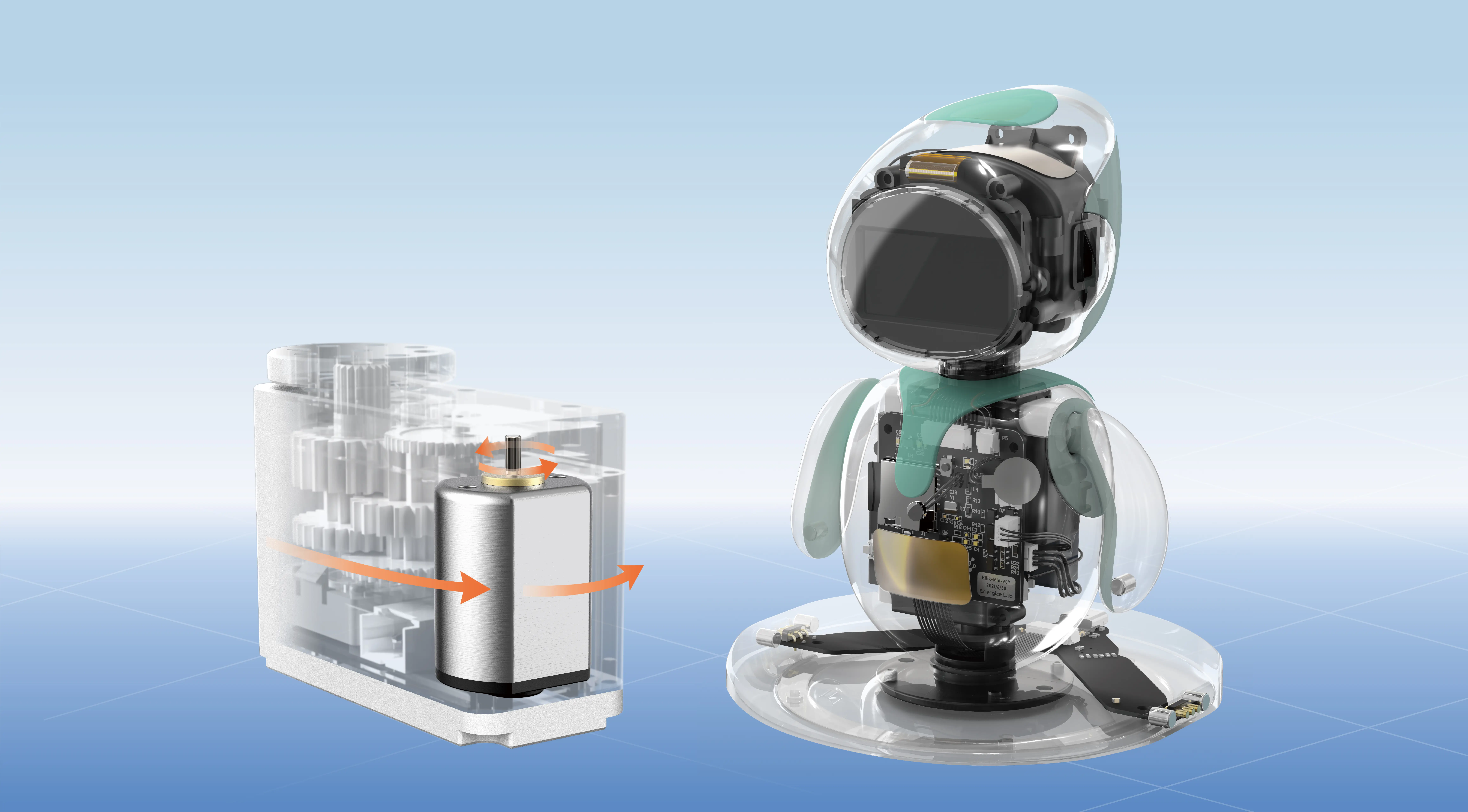Ever wonder how some tech giants manage to stay fast and flexible? It’s all about how they build their systems—enter the world of microservices architecture. This isn’t just some buzzword; it’s a game-changer in software design. Think of it as turning a big, clunky machine into a fleet of sleek, individual cars, each with its own job, speed, and route.

There’s a whole menu of microservices architectures, each kind suited to different needs. First up, there's the decomposed monolith, where everything is split into chunks but still tightly connected. It's like ripping apart a cake and keeping the slices close—easy to manage but not quite flexible enough for rapid expansion. Then, there’s feature-oriented microservices. Imagine breaking down a shopping app into separate services—one handling payment, another managing user profiles—each can evolve without messing up the whole system. Pretty efficient, right?
But the real game-changer? Domain-driven design. It’s like organizing a city into districts, each with its own local government—that’s how these services operate. Over time, some architectures lean toward event-driven models. Picture a notification popping up the moment something happens—real-time reactions from your services make that possible.
People often ask: "Which architecture fits best?" It's less about what's trendy and more about needs. Want quick deployment and resilience? Micro frontends could be your answer, breaking down the frontend into manageable chunks. Need scalability for massive loads? A hybrid approach might give you the best of all worlds—combine multiple architectures to suit different parts of your system.
Why does this matter? Because if you get it right, your system becomes a well-oiled machine, adaptable to changes, easier to update, and more resilient against failures. Imagine rolling out new features without flopping the entire system—microservices make that possible. Plus, breaking things down does wonders for debugging. Those pesky bugs are easier to isolate and kill.
In the end, it’s about flexibility. You want your architecture to grow with your ideas, to adapt, to stay resilient when times get tough. Microservices architectures aren’t a one-size-fits-all deal but a toolkit. Picking the right one depends on what you need—speed, reliability, scalability. And yes, sometimes it’s a bit of trial and error, but once you get it right, your system isn’t just running; it’s racing ahead.
Established in 2005, Kpower has been dedicated to a professional compact motion unit manufacturer, headquartered in Dongguan, Guangdong Province, China. Leveraging innovations in modular drive technology, Kpower integrates high-performance motors, precision reducers, and multi-protocol control systems to provide efficient and customized smart drive system solutions. Kpower has delivered professional drive system solutions to over 500 enterprise clients globally with products covering various fields such as Smart Home Systems, Automatic Electronics, Robotics, Precision Agriculture, Drones, and Industrial Automation.




































